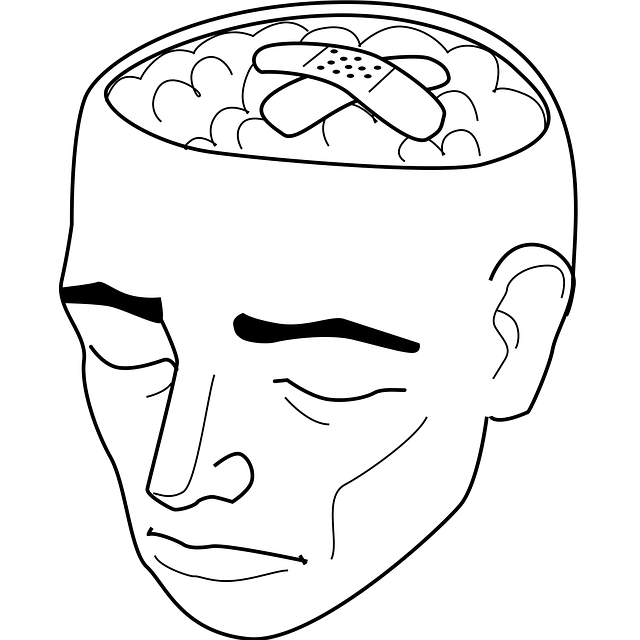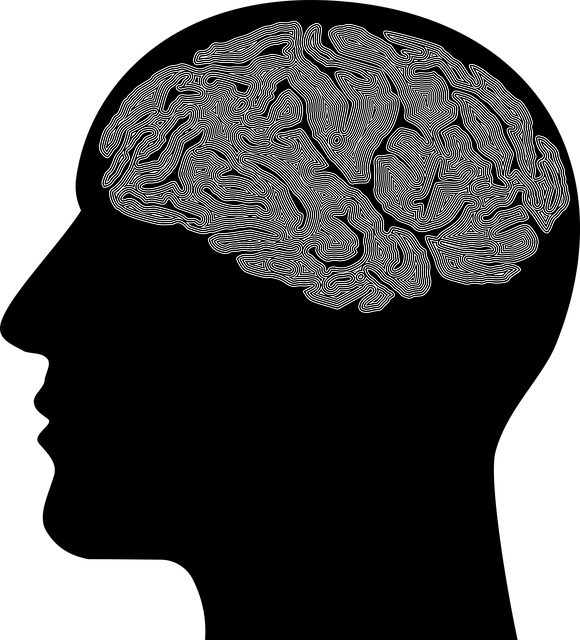Parker Domestic Violence Therapy offers a comprehensive crisis intervention model for domestic violence situations, focusing on immediate safety and long-term healing. This approach integrates conflict resolution, mental illness stigma reduction, and Mental Wellness Journaling Exercises to empower victims. The Parker Model combines individual counseling and group sessions, promoting open communication, resilience building, and personal growth. By recognizing red flags, assessing risk factors, and implementing evidence-based techniques, therapists provide tailored interventions. Post-crisis interventions include structured methods for emotional healing, community resource advocacy, and confidence-boosting initiatives, ensuring survivors' long-term recovery and reclaiming their lives.
“In times of crisis, effective intervention can be a lifeline. This article offers a comprehensive guide to navigating domestic violence situations, focusing on strategies that provide immediate relief and long-term support. We explore the nuanced approach of Parker Domestic Violence Therapy, a model that has revolutionized care. From identifying red flags and assessing risk factors to direct intervention techniques and post-crisis resources, this resource equips professionals with essential tools to assist survivors. Dive into these evidence-based practices for crisis intervention.”
- Understanding Crisis Intervention in Domestic Violence Situations
- The Parker Model: A Unique Approach to Therapy
- Identifying Red Flags and Assessing Risk Factors
- Direct Intervention Techniques for Instant Relief
- Post-Crisis Support and Community Resources
Understanding Crisis Intervention in Domestic Violence Situations

Crisis intervention in domestic violence situations is a specialized field that requires a nuanced approach. It involves providing immediate support and guidance to individuals experiencing or witnessing violent scenarios within their homes. The goal is to de-escalate tensions, ensure safety, and offer resources for long-term healing. In many cases, individuals dealing with domestic violence may also struggle with mental illness, making it crucial for interventions to consider the interconnectedness of these issues.
Parker Domestic Violence Therapy, for instance, emphasizes a holistic approach that integrates Conflict Resolution Techniques into their guidance. By teaching individuals effective communication strategies and coping mechanisms, they aim to disrupt harmful patterns and promote healthy relationships. Additionally, Mental Illness Stigma Reduction Efforts play a significant role in fostering an environment where victims feel empowered to seek help without fear of judgment. Even simple Mental Wellness Journaling Exercise Guidance can be a powerful tool for individuals to process their experiences, track progress, and prioritize self-care during and after crises.
The Parker Model: A Unique Approach to Therapy

The Parker Model, pioneered by renowned therapist Dr. Susan Parker, offers a unique and highly effective approach to crisis intervention and domestic violence therapy. This model focuses on empowering individuals and couples to overcome challenging situations by fostering resilience and enhancing mental health awareness. Through a series of targeted interventions, it aims to disrupt the cycle of abuse and promote positive change.
This innovative therapy emphasizes building confidence within individuals, enabling them to make informed decisions and take control of their lives. By combining individual counseling with specialized group sessions, the Parker Model creates a supportive environment that encourages open communication and personal growth. This holistic approach not only tackles the immediate crisis but also equips clients with long-lasting coping strategies, fostering mental well-being and resilience in the face of adversity.
Identifying Red Flags and Assessing Risk Factors

Recognizing red flags is a pivotal step in crisis intervention. This involves keenly observing and assessing behaviors, patterns, or statements that indicate an individual might be at risk of harm to themselves or others. At Parker Domestic Violence Therapy, we emphasize the importance of looking for warning signs such as threats of violence, extreme mood swings, excessive substance abuse, or sudden changes in behavior, especially during times of stress. Identifying these red flags allows for early intervention, which is crucial in mitigating potential crises.
Assessing risk factors further refines the intervention strategy. This involves evaluating various aspects of an individual’s life—social, economic, and psychological—that could contribute to or exacerbate a crisis. By considering factors like past trauma, mental illness, access to weapons, or a history of violent behavior, therapists can develop tailored plans that address the root causes. Additionally, promoting positive thinking and stress management techniques, alongside Mental Illness Stigma Reduction Efforts, plays a significant role in fostering resilience and improving overall well-being.
Direct Intervention Techniques for Instant Relief

In situations of crisis, immediate relief is paramount. Direct intervention techniques form a crucial component of crisis intervention strategies, as they aim to stabilize and support individuals in their most vulnerable moments. One renowned approach is Parker Domestic Violence Therapy, which offers structured, evidence-based methods for addressing high-stakes conflicts within relationships. This therapy type prioritizes safety planning, empowering individuals to anticipate and manage potential triggers, a strategy also beneficial in broader mental wellness contexts.
Beyond the immediate support provided by these direct techniques, they often serve as entry points into longer-term healing processes. For instance, after an episode of intense domestic violence, enlisting professional help through a Mental Wellness Podcast Series Production can facilitate deeper exploration of underlying issues. Mindfulness Meditation, a popular practice in mental wellness promotion, can be incorporated to enhance emotional regulation and reduce stress, thereby contributing to the overall recovery process.
Post-Crisis Support and Community Resources

After a crisis, providing sustained support and connecting individuals to community resources is vital for long-term recovery. Parker Domestic Violence Therapy emphasizes the importance of post-crisis interventions that cater to the unique needs of survivors. This includes individual therapy sessions tailored to process trauma and emotional healing processes, offering safe spaces for expression and coping strategies.
Community resources play a crucial role in fostering resilience and supporting those impacted by crises. Mental Health Policy Analysis and Advocacy groups work tirelessly to ensure access to affordable and quality care. Furthermore, confidence-boosting initiatives within the community can empower survivors, encouraging them to reintegrate and reclaim their lives. These collective efforts contribute to a holistic approach, promoting not just survival but thriving post-crisis.
In conclusion, crisis intervention plays a pivotal role in addressing domestic violence situations. By understanding the nuances of such interventions, professionals can employ effective strategies like the Parker Model for tailored therapy. Identifying red flags and risk factors is crucial, while direct techniques offer immediate relief. Following a crisis, post-crisis support and community resources are essential for long-term healing. For those adhering to the Parker Domestic Violence Therapy approach, these integrated steps ensure comprehensive care and enhanced resilience among victims.














